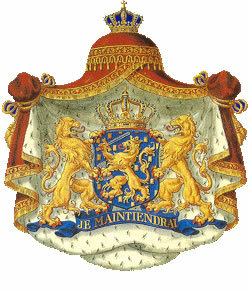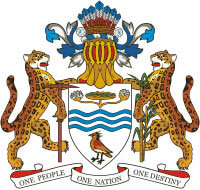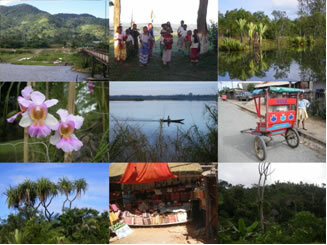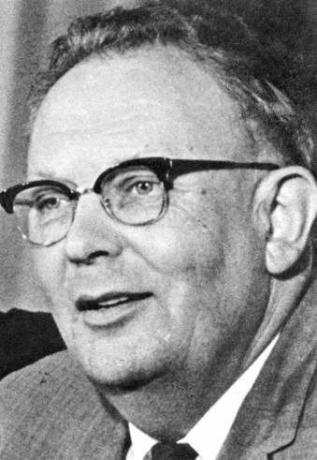The Kingdom of the Netherlands, better known as the Netherlands (its main province), is located in the northwest of the European continent. It borders Belgium (to the south), Germany (to the east) and is bathed by the North Sea (to the north and west).
This nation has almost half of the territory at altitudes below ocean level, a fact that created the need for the development of a complex system of dikes and dams, which has been built for centuries in order to raise the level of the land to prevent its inundation.
The local economy is one of the most developed on the planet. The country's insertion in the European Union promoted the strengthening and expansion of the industrial park with highlighting the aforementioned segments: electronics, food, beverage manufacturing, chemical and petrochemical.
Agriculture is developed under various technological devices, a fact that directly interferes in the generation of jobs – only 4% of the national workforce. The main port, Rotterdam, is the largest port area on the continent, with the largest commercial volume of goods and considered to be one of the busiest in the world.
Every year the country attracts millions of tourists. Amsterdam, the national capital, is one of the most visited places in Europe, with the Van Gogh museum as one of the main attractions
The population enjoys an excellent standard of living. Starting with the environmental sanitation system, since it is provided to 100% of households. The Human Development Index (HDI) is 0.890, characterized as the seventh best average among all countries on the planet.
Do not stop now... There's more after the advertising ;)

Coat of Arms of the Netherlands
Netherlands data:
Territorial extension: 40,844 km²
Location: Europe
Capital: Amsterdam
Climate: oceanic temperate
Government: parliamentary monarchy
Administrative division: 12 provinces
Language: Dutch (official)
Religion: Christianity - 70.5% (Catholics - 31.9%, Protestants - 21.3%, no affiliation - 13.5%, others - 3.8%), no religion - 20.5%, Islam - 4 .9%, others - 2.3%, atheism - 1.8%.
Population: 16,592,232 inhabitants (Men: 8,224,114; Women: 8,368,118)
Ethnic Composition: Dutch - 96%, Indonesians and Guyanese - 4%
Demographic density: 406.2 inhab./km²
Average annual population growth rate: 0.5%
Population residing in urban areas: 82.38%
Population residing in rural areas: 17.62%
Undernourished population: less than 5%
Life expectancy at birth: 79.4 years
Households with access to drinking water: 100%.
Households with access to the health network: 100%
Human Development Index (HDI): 0.890 (very high)
Euro currency
Gross Domestic Product (GDP): 860.3 billion dollars
GDP per capita: 46,669 dollars
External relations: World Bank, IMF, OECD, WTO, UN, NATO, EU
By Wagner de Cerqueira and Francisco
Graduated in Geography
Brazil School Team
countries - geography - Brazil School



